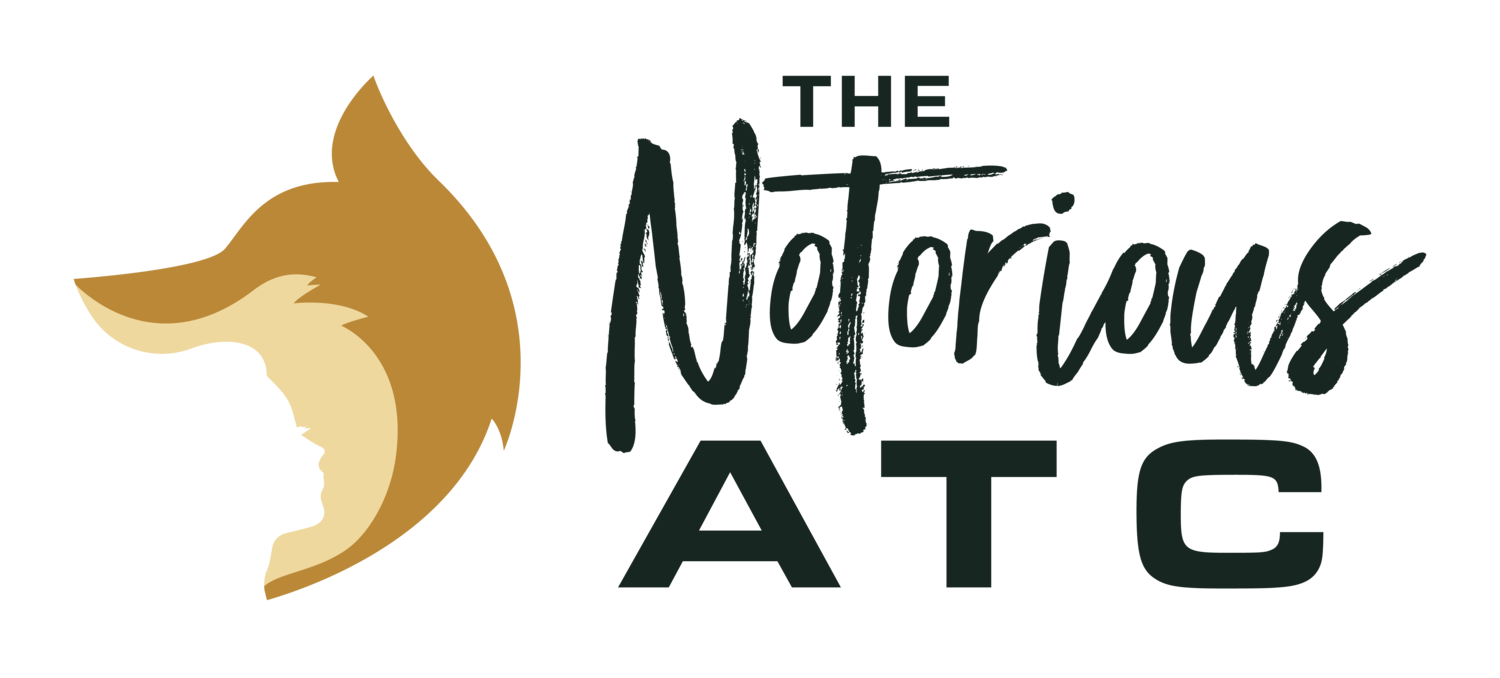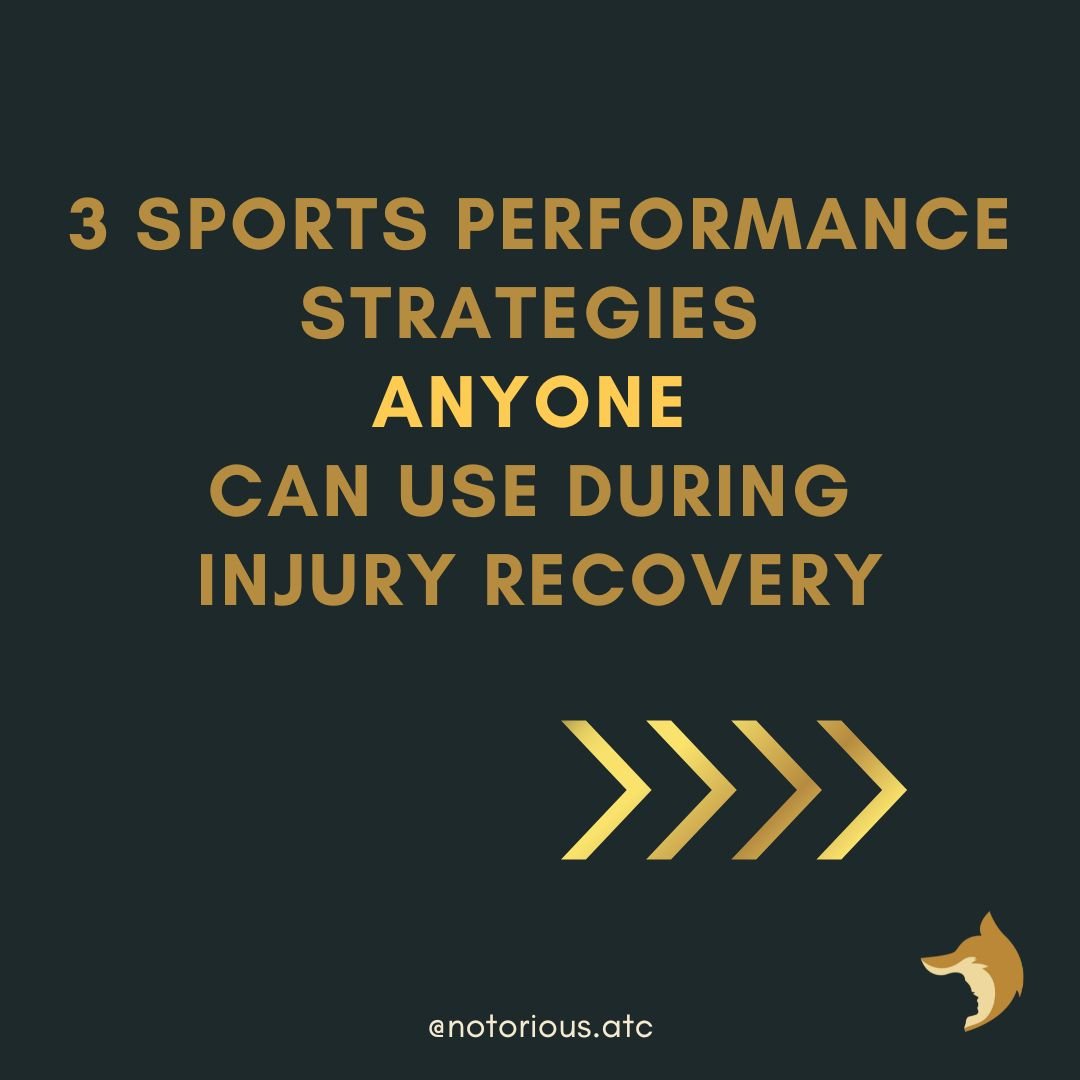Hack Your Injury Rehab with These Sports Performance Strategies
Did You Know?
You don’t have to be a pro athlete to utilize these sports performance techniques in your injury recovery journey!
The typical approach to injury recovery often focuses on physical healing, with other components of rehab taking a back seat. However, the research shows that physical readiness alone actually does not always correlate to successful return to activity. A biopsychosocial model of rehab has been proven to provide the best outcomes.
Those of us who work with athletes know that sports performance strategies don’t just work when trying to get that edge over an opponent - they have the potential for impact from day one of the injury recovery process.
So today, I want to explore 3 techniques that you can apply today to your own injury rehab.
Self-Talk
I recently spoke on a panel with a pro athlete who reminded us that elite athletes need to develop a mindset that allows them to stay humble while also believing that they can be the best and beat the best. This means that they need to be incredibly mindful of the way they speak to and about themselves in their own head.
When you first begin to develop awareness around this, you may be surprised to realize how often you talk to yourself in ways that you would never speak to a loved one. The research shows that self-talk impacts rehab outcomes in the same way that it impacts athletic performance!
To begin implementing this today, start to work on replacing thoughts that might come up during rehab sessions or everyday life, for example:
Replace “I feel so weak.” with “I’m getting stronger.”
Replace “That rep sucked.” with “I want to finish on a good rep.”
Replace “This is too hard.” with "I’m working really hard at this.”
Visualization
It’s no secret that elite athletes utilize visualization as a gateway to enhanced performance. The research shows that this applies to injury recovery as well: visualizing activity-specific skills and strategies can help you return to your previous ability levels, improve confidence and focus, and decrease anxiety about your return to activity.
To add this to your rehab process, mentally rehearse the specific skill you want to focus on. Use all of your senses: visualize where you would be performing the task, how it feels, who else would be there, the sights, sounds, and smells you might experience, using the real-life timing and sequencing of the task itself. You can apply this process to anything from remembering how to walk without a crutch to shooting on goal.
Goal Setting
Looking at the restrictions and clinical objectives on your post-surgical protocol may not feel especially motivating or relevant to the activities that are most important to you.
To incorporate goal-setting that feels more in line with your lifestyle, work with your rehab provider to outline specific goals related to the activities that are most important to you. Together, you can identify mile markers - from rehab exercises to everyday activities - along the way that are both aspirational and achievable. Prioritizing personal goal setting with your rehab pro ensures that you have a clear destination and a trusted professional working to help you get there.
While you might not feel like a pro when you’re on the treatment table, learning how to squeeze your quad or raise your arm again, that shouldn’t stop you from getting all the benefits of the rehab and performance models used with elite athletes. You may not have access to rehab pros seven days a week, or the expensive training facility, but you do have the same ability to unlock the power of the biopsychosocial rehab model, starting right now with these three strategies!


